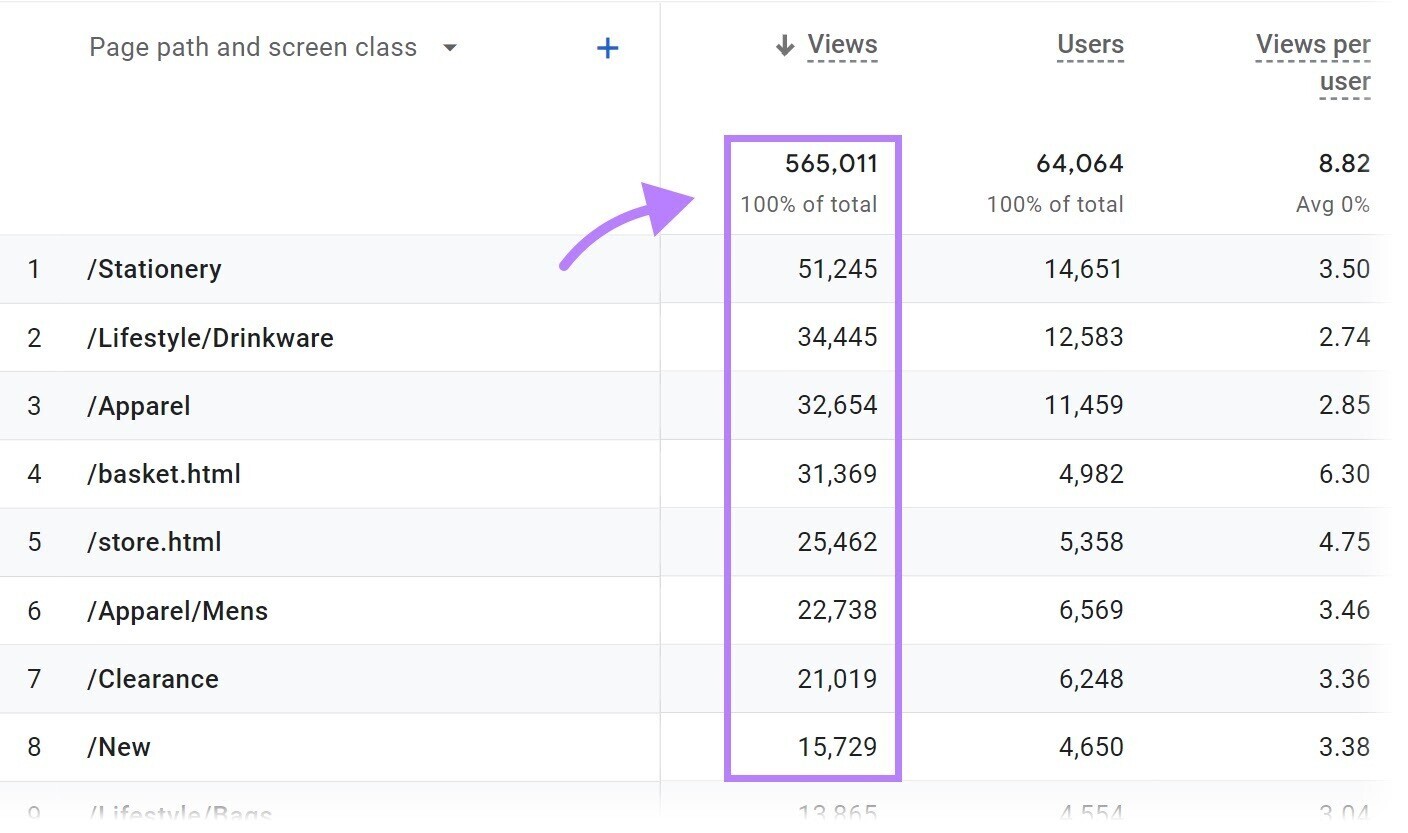Trick Considerations for Marketers: When Does the Google Analytics Tracking Code Send an Event Hit to Analytics?
Master Internet Site Insights With Accurate Google Analytics Monitoring Code
The reliable usage of Google Analytics rests on the accurate application of its monitoring code, an essential action commonly overlooked by internet site proprietors. This seemingly easy JavaScript bit, when properly positioned, becomes the foundation of data collection, offering understandings into individual behavior and site performance. However, obstacles can arise throughout configuration, potentially skewing the data and leading to mistaken choices. Comprehending these complexities is vital for maximizing the benefits of analytics. What are the common challenges that could weaken your monitoring initiatives, and just how can you make certain accuracy in your method?
Understanding Google Analytics Essentials
Google Analytics is a crucial device for internet site owners and marketers, supplying invaluable insights right into customer behavior and site performance. At its core, Google Analytics accumulates data regarding site visitors to an internet site, permitting customers to evaluate metrics such as traffic resources, customer involvement, and conversion prices. Understanding these fundamentals is important for maximizing a web site's effectiveness and improving user experience.
The platform utilizes cookies to track communications, taping information such as page sights, session durations, and bounce prices. This information is aggregated and offered with adjustable control panels, enabling customers to envision trends over time. Trick performance indications (KPIs) can be kept track of, such as the overall number of users, brand-new versus returning visitors, and the geographical distribution of the audience.
Moreover, Google Analytics supplies division attributes, permitting individuals to separate particular web traffic resources or user demographics for even more targeted evaluation. By grasping these fundamental aspects, internet site proprietors can make educated decisions about material strategy, advertising campaigns, and total website enhancements. Eventually, understanding Google Analytics fundamentals is important for leveraging information to drive growth and achieve service purposes properly.
Setting Up Your Monitoring Code

Copy the supplied monitoring code and paste it right into the HTML of your site. Preferably, this code should be placed in the header area of every page you desire to track. This ensures that the tracking code loads before any various other material, allowing it to capture data precisely. If you are using a material management system (CMS) like WordPress, there are plugins readily available that streamline the integration procedure.
After installment, validate that the tracking code is functioning properly by utilizing Google Tag Assistant or the Real-Time reports in Google Analytics - when does the google analytics tracking code send an event hit to analytics?. This step is vital to confirm that your information collection is accurate and active, setting the foundation for insightful evaluation
Common Monitoring Code Issues
Many internet site owners run into common concerns with their Google Analytics tracking code that can prevent data collection and analysis. One prevalent concern is inappropriate installment. This might occur when the tracking code is placed look at this web-site in the incorrect section of the internet site's HTML, commonly leading to missing or insufficient data. Furthermore, having multiple instances of useful source the tracking code on a solitary web page can cause filled with air metrics, as customer communications could be counted much more than as soon as.
Another problem develops from making use of advertisement blockers, which can prevent the tracking code from carrying out completely, hence skewing data. when does the google analytics tracking code send an event hit to analytics?. Moreover, failure to configure filters correctly can result in the exemption of necessary traffic sources or the incorporation of unwanted referral spam, distorting the data collected
Website owners may also overlook the significance of tracking code updates, particularly when migrating to Google Analytics 4 (GA4) from Universal Analytics. Finally, inadequate testing before launching changes can result in unnoticed mistakes in the monitoring code, additionally complicating data reliability. Addressing these usual concerns is vital for making certain exact tracking and insightful analytics.
Studying Web Site Data Effectively
Precise data collection is just the primary step in leveraging Google Analytics; the real worth depends on efficiently evaluating that data to drive enlightened decision-making. To accomplish this, it is important to identify vital efficiency indicators (KPIs) that straighten with your service goals. Concentrate on metrics such as conversion rates, customer interaction, and web traffic resources, as these will certainly offer understandings into user behavior and the general performance of your website.
Making Use Of Google Analytics' segmentation attributes enables for a deeper understanding of your audience. By damaging down data right into specific demographics, actions, and traffic networks, you can uncover patterns and patterns that educate targeted methods. Executing personalized reports and control panels can improve this procedure, enabling quick accessibility to important information.
Additionally, regularly examining information trends gradually helps to determine abnormalities and possibilities for enhancement. Use visualization devices to existing information in an easily digestible layout, helping with a lot more reliable communication with stakeholders. Eventually, the capability to assess website data successfully encourages businesses to make Visit Your URL tactical decisions that improve individual experience, maximize advertising and marketing efforts, and drive growth.

Finest Practices for Accurate Tracking
Applying efficient tracking techniques is crucial for getting trusted information in Google Analytics. To ensure accurate monitoring, begin by correctly mounting the Google Analytics tracking code on every page of your website. This can be achieved through a tag supervisor or by directly embedding the code right into the HTML.
Next, configure your Google Analytics account to omit inner traffic. This can be done by setting up filters that recognize and eliminate check outs from your company's IP address, thereby stopping manipulated information. Additionally, use occasion monitoring to monitor particular individual communications, such as downloads or video clip plays, which basic page sights may neglect.
Consistently audit your tracking configuration to verify that all attributes, such as objectives and ecommerce monitoring, are operating properly. Establish a consistent naming convention for your events and campaigns to assist in less complicated reporting and evaluation.
Last but not least, take into consideration leveraging UTM criteria for projects to obtain understandings right into the efficiency of various advertising and marketing initiatives. By adhering to these ideal practices, you can improve the accuracy of your information collection and evaluation, inevitably leading to even more enlightened decision-making for your internet site.
Verdict
Exact application of the Google Analytics tracking code is necessary for understanding web site insights. By guaranteeing the tracking code is appropriately positioned and consistently examined, web site owners can capture essential customer interaction data, hence promoting the identification of essential efficiency indications. Efficient analysis of this information, integrated with adherence to best techniques, allows notified decision-making and the optimization of online techniques. Ultimately, a durable monitoring framework boosts the capability to drive engagement and boost overall internet site efficiency.

Insufficient screening prior to introducing changes can result in undetected mistakes in the monitoring code, even more complicating information integrity.Applying efficient tracking practices is critical for getting trustworthy data in Google Analytics. By ensuring the monitoring code is properly placed and regularly examined, web site owners can record vital customer interaction data, therefore helping with the recognition of crucial performance indications.